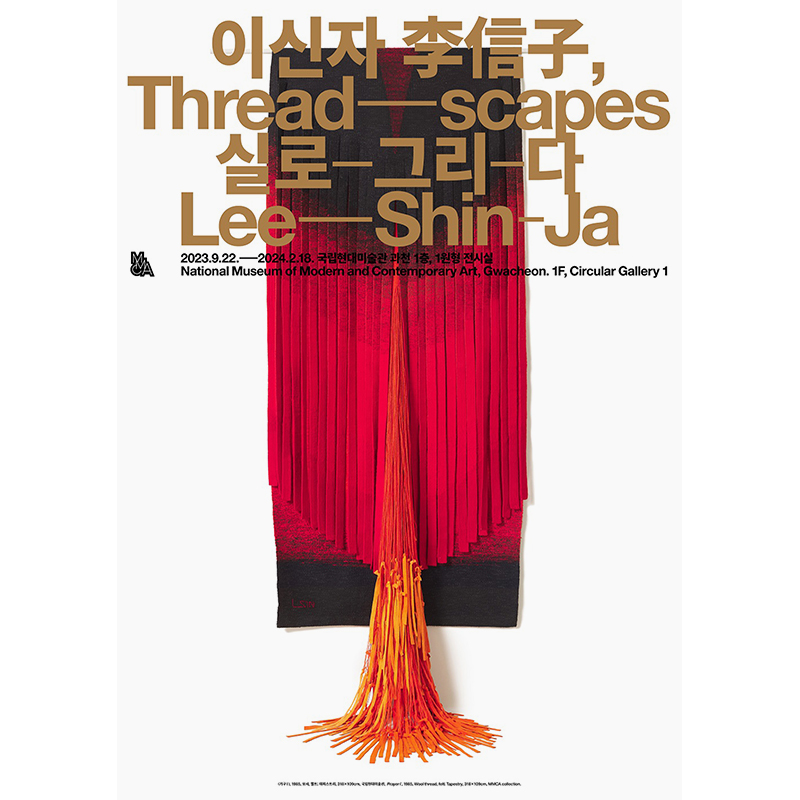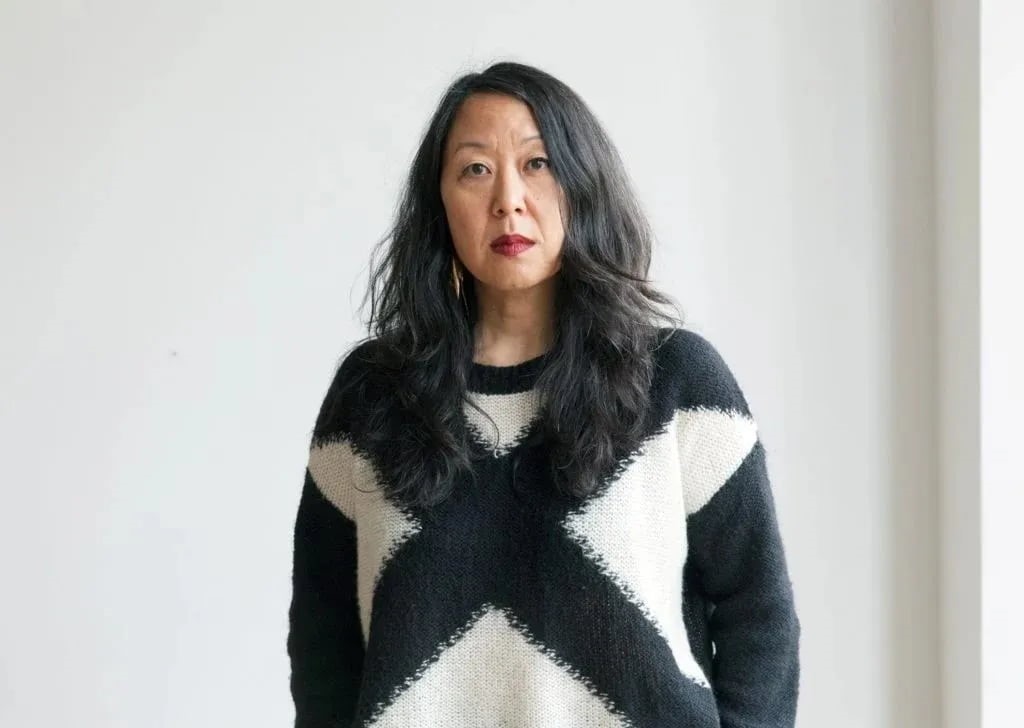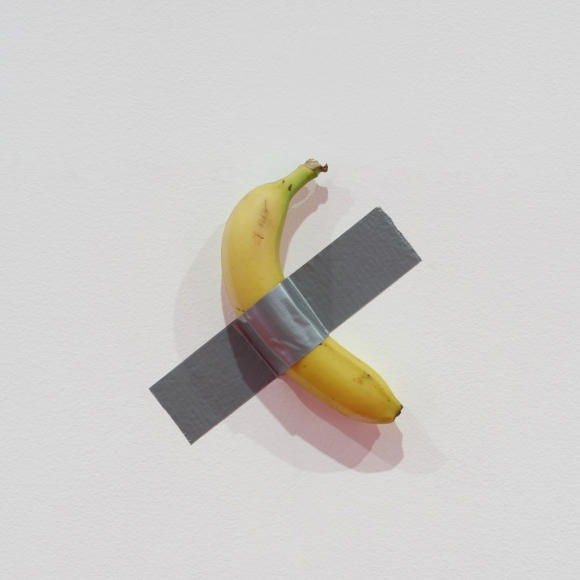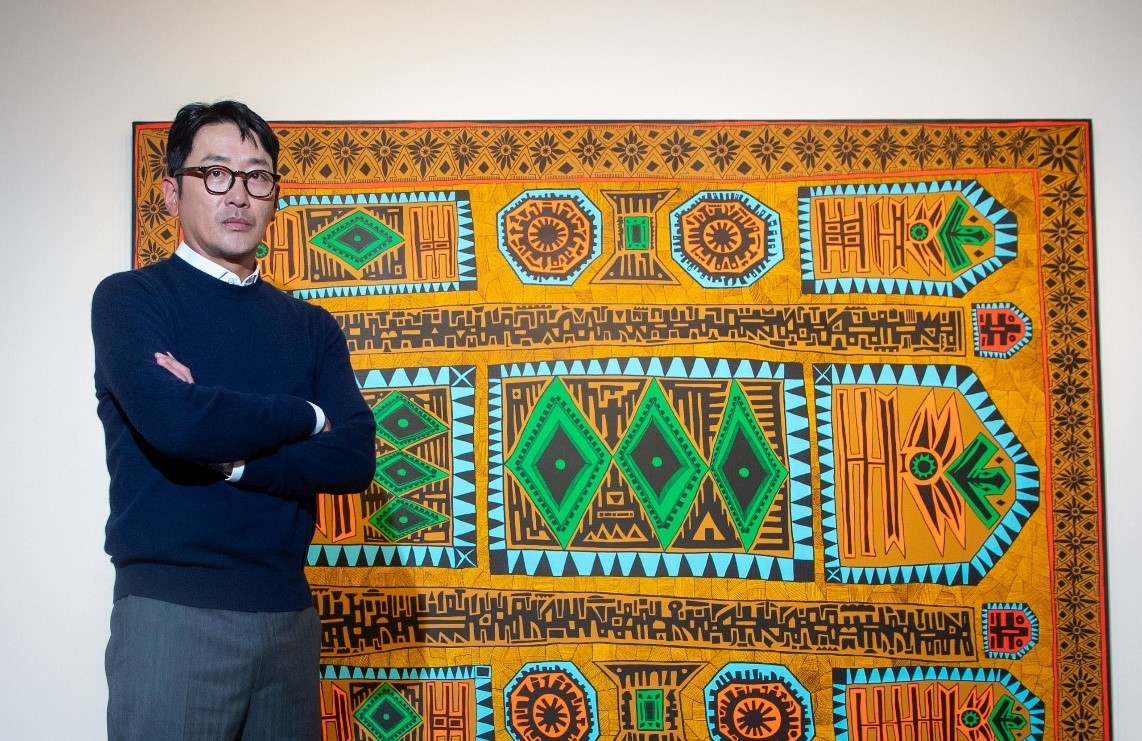At this time, it is crucial to objectively examine the current state of Korean contemporary art and consider its position in the international art market. To find this out Aproject Company hosted a special lecture titled “Current Status of Korean Contemporary Art and Its Overseas Expansion Strategies” on September 16, 2023.
 Session 3 led by Aproject Company CEO Jay Jongho Kim. Special lecture "Current Status of Korean Contemporary Art and Its Overseas Expansion Strategies" hosted by Aproject Company on September 16, 2023.
Session 3 led by Aproject Company CEO Jay Jongho Kim. Special lecture "Current Status of Korean Contemporary Art and Its Overseas Expansion Strategies" hosted by Aproject Company on September 16, 2023.As South Korea’s cultural content continues to resonate on a global scale, there has been a growing interest in the Korean contemporary art market. At this time, it is crucial to objectively examine the current state of Korean contemporary art and consider its position in the international art market, as well as its strategies for further international expansion.
In response to this imperative need, Aproject Company hosted a special lecture titled “Current Status of Korean Contemporary Art and Its Overseas Expansion Strategies” on September 16, inviting three speakers: art critic Geun-jun Lim (a.k.a. Chungwoo Lee), Yunah Jung, Christie’s Hong Kong’s Vice President, Senior Specialist in 20th and 21st Century Art, and Jay Jongho Kim, CEO of Aproject Company.
Session 1.
Geun-jun Lim, renowned for his publications and lectures on contemporary art and design, summarized various events and issues that shaped the Korean contemporary art scene from 2020 to 2023 during the presentation.
 Session 1 led by art critic Geun-jun Lim. Special lecture "Current Status of Korean Contemporary Art and Its Overseas Expansion Strategies" hosted by Aproject Company on September 16, 2023.
Session 1 led by art critic Geun-jun Lim. Special lecture "Current Status of Korean Contemporary Art and Its Overseas Expansion Strategies" hosted by Aproject Company on September 16, 2023.2020
In 2020, the world was significantly affected by the pandemic, with COVID-19 emerging as a main concern. While the global art scene came to a near standstill during this time, the Korean art scene was able to have meaningful discussions and developments.
Firstly, 2020 marked a period in which modern Korean and contemporary art history underwent reinterpretation, and museum collections were subjected to reassessment. Exhibitions such as Collecting for All at the Seoul Museum of Art, MMCA Collection Highlights 2020+ at the National Museum of Modern and Contemporary Art (MMCA) Seoul, and Artists in Their Times: Korean Modern and Contemporary Art at MMCA Gwacheon were organized. Additionally, Gallery Hyundai’s Hyundai 50 and Portrait, Figure and People – Modern and Contemporary Figure Paintings of Korea prompted a reexamination of Korean modern and contemporary art history.
Secondly, Geun-jun Lim mentioned the Korean New Alternative Art Spaces (신생공간, Sinsenggonggan), led by individuals born in the 1980s, and emphasized the critical need for immediate archiving of their activities , as their era comes to a close, to prevent the loss of valuable materials.
The year 2020 also saw a notable surge in the prominence of sculpture and a heightened discourse on queer art. Several exhibitions also illuminated the previously neglected connections between calligraphy and Korean contemporary art. Additionally, the passing of Samsung Chairman Lee Kun-hee, the subsequent reopening of the Leeum Museum of Art, and the sustained political neutrality of the Samsung Cultural Foundation were other notable occurrences mentioned during this period.
2021
In the latter half of 2021, a surge of investments rejuvenated the art market. This revitalization of the global art market led to the surfacing of numerous events within both the Korean and international art scenes. One significant event in the Korean contemporary art scene was the influx of international galleries establishing branches in Seoul, prompted by the anticipation of Frieze Seoul in 2022. However, this period was not without its share of controversies. In 2021, the family of the late Samsung Group Chairman Lee Kun-hee announced a donation of Lee’s art collection, sparking a frenzied race among local governments to build a museum dedicated to the collection. Additionally, a controversy ensued over a related donation at the MMCA Seoul. The museum organized the MMCA Lee Kun-hee Collection Special Exhibition: Masterpieces of Korean Art without adequately documenting the donation list.
The MMCA’s Korea Artist Prize, one of Korea’s most prominent contemporary art award programs, was not immune to debate. The exhibition titled Korea Artist Prize 2020: Kim Minae, Lee Seulgi, Jung Yoonsuk, and Chung Heeseung faced criticism for supporting Jung’s artwork related to sex dolls, sparking discussions about gender bias within the museum.
 Session 1 led by art critic Geun-jun Lim. Special lecture "Current Status of Korean Contemporary Art and Its Overseas Expansion Strategies" hosted by Aproject Company on September 16, 2023.
Session 1 led by art critic Geun-jun Lim. Special lecture "Current Status of Korean Contemporary Art and Its Overseas Expansion Strategies" hosted by Aproject Company on September 16, 2023.2022
In 2022, various events unfolded in the global art scene, such as the Venice Biennale curated by Cecilia Alemani, the controversy-laden Documenta 15, and the unveiling of ICOM’s new museum definition. While the Korean contemporary art scene yearned for more experimentation and innovation, the 2022 Busan Biennale, curated by Kim Haeju under the theme We, on the Rising Wave, stood out for its ability to connect the locality of Busan with themes like migration, women, female laborers, urban ecosystems, and technological changes.
In 2022, sculpture was reevaluated within the Korean contemporary art scene, with various sculpture exhibitions being organized, including Sculptural Impulse at the Seoul Museum of Art. However, just as in 2020, these exhibitions did not spark in-depth critical dialogues.
2023~
While there are still a few months left in the year, it has been observed that there have yet to be significant changes or innovations in the Korean contemporary art scene. Most major exhibitions this year have been organized through institutional initiatives. Lim proposed that perhaps it is the turn of the new generation of artists, those born in the 1990s who are now rising as pivotal figures in the scene, to infuse vitality and innovation into Korean contemporary art. As the era of Korean New Alternative Art Spaces (Sinsenggonggan), led by artists born in the 1980s, draws to a close, it is a crucial time for Korean contemporary art to set new goals and directions.
Session 2.
Yunah Jung, Christie’s Hong Kong’s Vice President and Senior Specialist in 20th and 21st Century Art, provided insights into the transformation of the international art auction market after the COVID-19 pandemic and highlighted artists whose popularity has increased in the auction market.
 Session 2 led by Christie's Hong Kong Vice President and Senior Specialist Yunah Jung. Special lecture "Current Status of Korean Contemporary Art and Its Overseas Expansion Strategies" hosted by Aproject Company on September 16, 2023.
Session 2 led by Christie's Hong Kong Vice President and Senior Specialist Yunah Jung. Special lecture "Current Status of Korean Contemporary Art and Its Overseas Expansion Strategies" hosted by Aproject Company on September 16, 2023.The global art market experienced an exceptional boom in 2021, rebounding from the economic slump induced by the 2020 pandemic. In 2021, the size of the global art market was estimated at 65.1 billion USD, with a total auction sales amount of 26.3 billion USD. Auction sales exclusive to contemporary art reached 6.7 billion USD, marking almost a threefold increase relative to 2020.
Notably, contemporary art by artists born in the post-war period experienced the most substantial growth. Based on the art price index, it witnessed a price increase of approximately 400% compared to the early 2000s. In 2022, attention shifted toward Black artists and young female artists born in the 1980s and 1990s.
Furthermore, in 2022, the global art market continued to expand, with its estimated worth reaching 67.8 billion USD. The total auction sales amount was 26.8 billion USD, with sales for contemporary art hovering around a staggering 10 trillion KRW. This growth in the contemporary art sector can be attributed to the new generation amassing new wealth through startups, online businesses, and cryptocurrencies.
As we reflect on the contemporary art market in 2023, it is evident that this year has been a period of adjustment. One prominent factor is the economic slowdown in China, especially seen in the decline of its real estate sector. This adjustment is not unique to the Korean art market; it is a phenomenon that resonates globally. Another significant factor is the rapid price increases observed between 2021 and 2022, when some works by young artists saw price increases of up to 100 times the initial market prices, leading to an overheated art market that is now cooling down.
Session 3.
The interpretation of the Korean art market is evolving, shifting from a solely domestic perspective to a broader global context. For Korea to attain a prominent position on the international art scene, consensus suggests that there needs to be a recalibration in the foundational structure of its market.
Jay Jongho Kim, the CEO of Aproject Company, has offered insights into how this transition might be realized. Kim identified two major issues with the Korean contemporary art market. Firstly, there is a lack of real-time information about the global contemporary art scene, resulting in the inadequate circulation of accurate information and knowledge. Secondly, the art market structure is irrational and opaque, which hinders the development of the art industry.
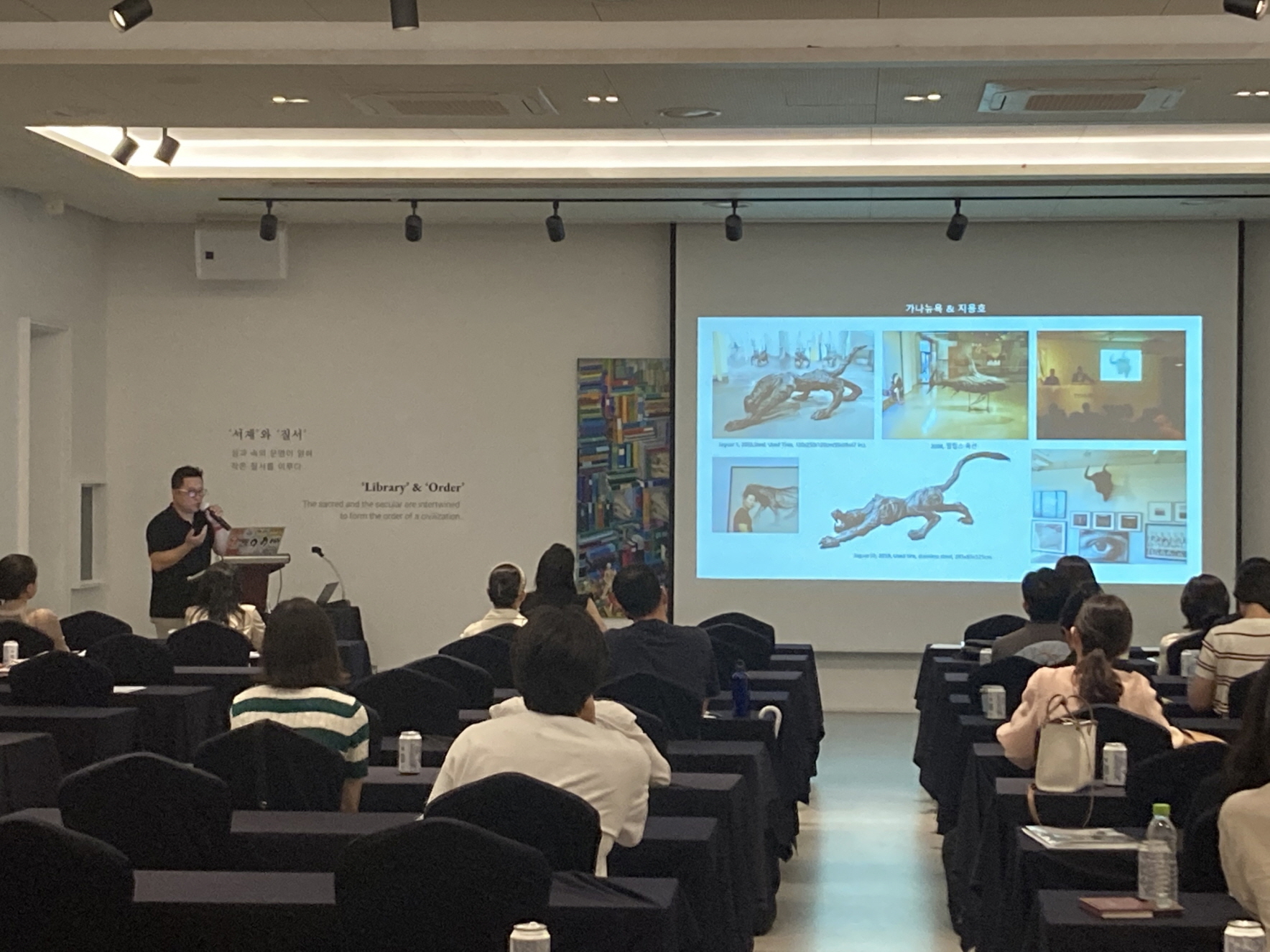 Session 3 led by Aproject Company CEO Jay Jongho Kim. Special lecture "Current Status of Korean Contemporary Art and Its Overseas Expansion Strategies" hosted by Aproject Company on September 16, 2023.
Session 3 led by Aproject Company CEO Jay Jongho Kim. Special lecture "Current Status of Korean Contemporary Art and Its Overseas Expansion Strategies" hosted by Aproject Company on September 16, 2023.In order to address these issues, there is a need for sharper role delineation among art professionals, adequate distribution of international-level information, and the establishment of a transparent art sales system.
At its core, the art market is steered by the creations of artists, who present their works through exhibitions. This intricate process involves curators, critics, and institutions who frame discourses and critiques aligned with global standards while also promoting these artworks across diverse media channels. Through these activities, the value assessment of an artist’s creation takes place. This valuation process is pivotal in determining an appropriate market price for the artwork.
Art criticism should be conducted based on international standards, with an emphasis on the themes, forms, materials, and subject matter of the works. Moreover, a deeper exploration of the philosophies, aesthetics, and theories that underpin these artworks is essential. Unlike the past, where art was often categorized under more straightforward structures, post-1945 art has been influenced by a wide range of concepts, making contemporary art seem complex to many observers.
Artworks born from such a complex structure are like a book filled with various concepts, terms, and theories presented visually. It is incumbent upon artists to integrate these elements into their works and create portfolios to present them. Galleries and institutions should also systematically organize these works, coordinating exhibitions and critical essays to objectively classify them based on aesthetic and art historical frameworks. Only when an artwork aligns with defined criteria can it achieve recognition in art history and prosper in the market.
Furthermore, artists should broaden their horizons beyond merely the market and should be encouraged to exhibit their works in various venues such as biennales, non-profit spaces, museums, galleries, art fairs, and auctions. The pricing of the artworks should be determined based on authenticity, quality, rarity, condition, exhibition records, and value.








